Virgil Solis c. 1544
This quirky deck is tricky to classify, as it combines features normally found in German luxury decks, normal German decks and French decks.
Structurally, the deck is identical to French decks, with pip cards from ace to ten, knave, queen and king in each of the four suits. The tens contains ten suit symbols, rather than any form of a banner ten. This also occurs in German cards, but is universal in French ones. While the knaves could well have been Obers, the lack of Unters can hardly be accidental as a fair number of copies of the deck survive. In common with German luxury decks is the choice of animals and birds as suit symbols, and having mounted kings and queens.
The only feature unique to normal German cards is the suit names
written on the aces; rather than matching the actual suits, these are
the normal German ones. The reason for this inclusion implies that the
standard suits had properties that needed to be preserved with the
change to non-standards suits. It seems reasonable to assume that this
is the distinction between weak
suits where lower cards beat
higher and strong
ones with normal ranking. This assumption is
strengthened by the observation that all the court cards in the suits of
bells and hearts are facing leftwards while those in leaves and acorns
face to the right. The former two correspond to the red
French
suits of diamonds and hearts, which are weak
in games having this
distinction; the latter two to the black
suits of spades and
clubs which are strong
. A consistent distinction between suits
with left-facing courts versus suits with right-facing ones is also
found in the cards of master PW. There are
enough other similarities between these decks that Virgil Solis might
have been directly inspired by the earlier one.
A cruder copy of these cards was used as the suit cards in the Catelin Geofroy tarot.
 |
 |
 |
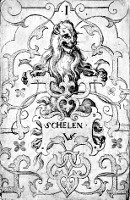 |
 |
 |
 |
 |
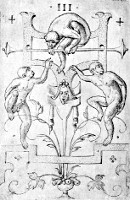 |
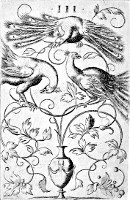 |
 |
 |
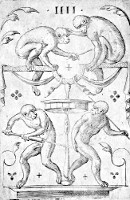 |
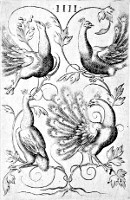 |
 |
 |
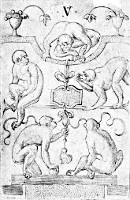 |
 |
 |
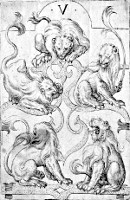 |
 |
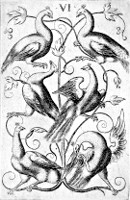 |
 |
 |
 |
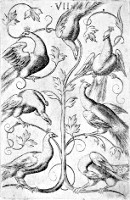 |
 |
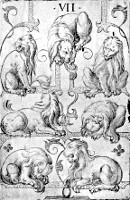 |
 |
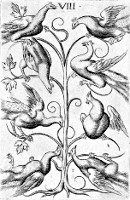 |
 |
 |
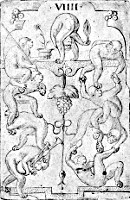 |
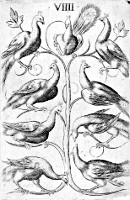 |
 |
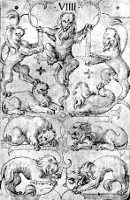 |
 |
 |
 |
 |
 |
 |
 |
 |
 |
 |
 |
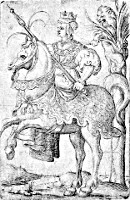 |
 |
 |
 |
 |